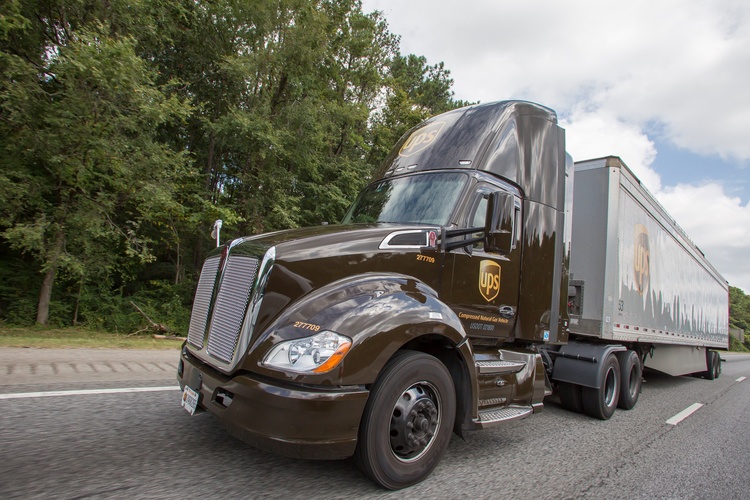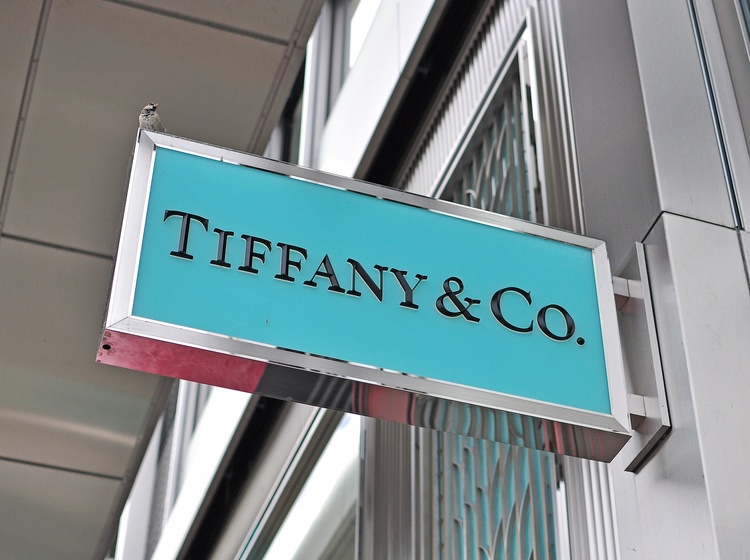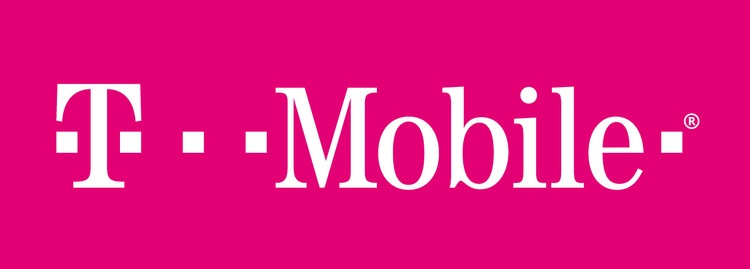Yes, you may trademark a color provided that the color plays an important part in your product or service’s brand identity.
This trademark protection ensures that others cannot use the same color mark in a way that might confuse consumers or dilute your brand. However, it is essential to understand that securing a trademark for a single color, or a color combination, requires demonstrating that the color has acquired secondary meaning in the marketplace, meaning that consumers specifically associate the color with a particular product or service.
A color trademark would not prevent a company in a different field from utilizing that particular color, but it does prevent the use of the color in a way that would create brand confusion. For example, a clothing company would not have any problem using UPS’s particular color, UPS Brown. However, if another delivery company started using the color brown to market its services, that would likely result in an infringement of UPS’s trademark rights to the brown color.
Examples of Trademarked Colors
1. UPS Brown

The famous UPS brown was originally “Pullman Brown”. In a NYT interview, Peter Fredo explains:
”They started out being Pullman brown,” said Peter Fredo, U.P.S.’s vice president for advertising and public relations, when I ask him about the history of the brown trucks. The trucks have been brown since 1916. ”The reason they picked up on Pullman,” Mr. Fredo said, ”is that it was the epitome of luxury and class at the time.”
UPS’s use of the color brown has become so iconic that it extends to their delivery trucks, uniforms, and overall color scheme, solidifying their brand identity.
2. Tiffany Blue

As explained on the Tiffany & Co. website:
The color known as Tiffany Blue was selected by founder Charles Lewis Tiffany for the cover of Blue Book, Tiffany’s annual collection of exquisitely handcrafted jewels, first published in 1845. Also referred to as robin’s-egg blue or forget-me-not blue, this distinctive color may have been chosen because of the popularity of the turquoise gemstone in 19th-century jewelry. Turquoise was also a favorite of Victorian brides who gave their attendants a dove-shaped brooch of turquoise as a wedding day memento.
3. T-Mobile Magenta

T-Mobile has registered its trademark Magenta, which was upheld in a case against AT&T:
A squabble over who stole the magic marker seems more fitting for a classroom than a courtroom. But a federal judge has sided with T-Mobile in a recent trademark lawsuit, saying that Aio Wireless, an AT&T subsidiary, isn’t allowed to use colors resembling T-Mobile’s promotional “magenta” color.
The Texas court has ordered AT&T to stop using Pantone 676C, a.k.a “plum,” over fears that it might cause consumers to confuse the two brands. According to the presiding judge, T-Mobile successfully argued that letting Aio continue to use a variant of magenta would cause it irreparable harm. (Source)
A federal judge ordered AT&T subsidiary Aio Wireless to stop using a similar color — Pantone 676C, or “plum” — on fears that it might cause customers to confuse the two brands. The ruling validated T-Mobile’s position that its magenta trademark color had acquired secondary meaning in the telecommunications market.
This case highlights the importance of trademark protection for colors, especially when the public has come to associate that color with a single brand.You can see more examples like these in our full article on trademarked colors.
John Deere Green and Yellow
John Deere has secured trademark protection for its green and yellow color scheme, used on its agricultural and construction machinery. The color combination has become immediately recognizable, symbolizing durability and quality — key characteristics of John Deere’s goods and services.
Owens Corning Pink
Owens Corning, a leader in the fiberglass insulation industry, has trademarked its distinctive pink color. This pink, which is widely recognized in the insulation market, helps differentiate Owens Corning’s products in a competitive field. The company has successfully protected its distinct color pink as a color trademark in various legal challenges, demonstrating how colors can be trademarked under trademark law when they are a critical element of brand identity.
The Steps to Getting a Color Trademarked
Trademarking a color — whether it’s a single color like Tiffany Blue or a color combination like John Deere’s green and yellow — requires following specific steps to ensure robust trademark protection:
Step 1: Perform a Comprehensive Search
We conduct a thorough trademark search to ensure your desired color mark doesn’t conflict with similar colors already registered. Seeking an attorney’s help can aid in identifying potential conflicts and “confusingly similar” marks the color may have.
Step 2: File the Trademark Application
After the search, we help you file a trademark application with the United States Patent and Trademark Office (USPTO). The application must include:
- A description of the color or color combination
- The goods and services the color will apply to
- Whether the color mark will be used alone or alongside other design elements
Selecting the correct class for your trademark is crucial, as this defines how the color trademark will be applied.
Step 3: Monitor Your Application
Once submitted, the USPTO will review your application. You may receive an Office Action if the trademark office raises any issues, such as lack of distinctiveness or the potential for trademark infringement. Amendments can often resolve these concerns.
Step 4: Finalize Your Registration
Once approved, the trademark is published in the Trademark Official Gazette for 30 days to allow opposition. If no opposition occurs, your trademark registration will be finalized, granting you legal rights.
The Importance of Color Trademarks
In industries where consistent use of colors is central to brand identity, like fiberglass insulation (Owens Corning Pink) or telecommunications (T-Mobile Magenta), securing a color trademark is essential. It prevents others from using a specific color that might cause confusion and protects the characteristics of the good associated with your brand.
If you are considering registering a trademark color, or exploring whether colors and color combinations can be trademarked, reach out to us. From conducting searches to filing your trademark application, we’ll help you navigate the process to protect your intellectual property effectively.

